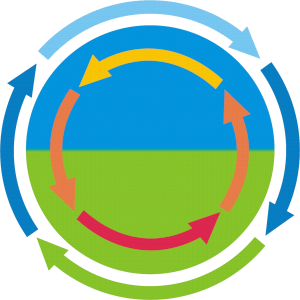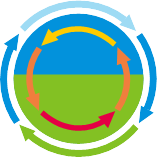CRC Lecture Series - Monitoring the terrestrial water cycle with space geodesy
Description
Lecturer: Kusche, Jürgen
Space geodesy techniques were originally developed to monitor the Earth's gravitational field, its geometry, tectonics, and deformations, and variations of Earth rotation. However it has turned out that they provide, at the same time, powerful tools to observe hydrological water mass variation (e.g. groundwater level changes) and atmospheric water vapor variability. The lecture will briefly touch upon satellite gravimetry (GRACE) and follow-on missions, but as this has been already discussed in the CRC, it will then introduce the measurement principles and physics behind three other techniques: terrestrial gravimetry, GNSS atmosphere remote sensing, and GNSS hydrological loading measurement.

